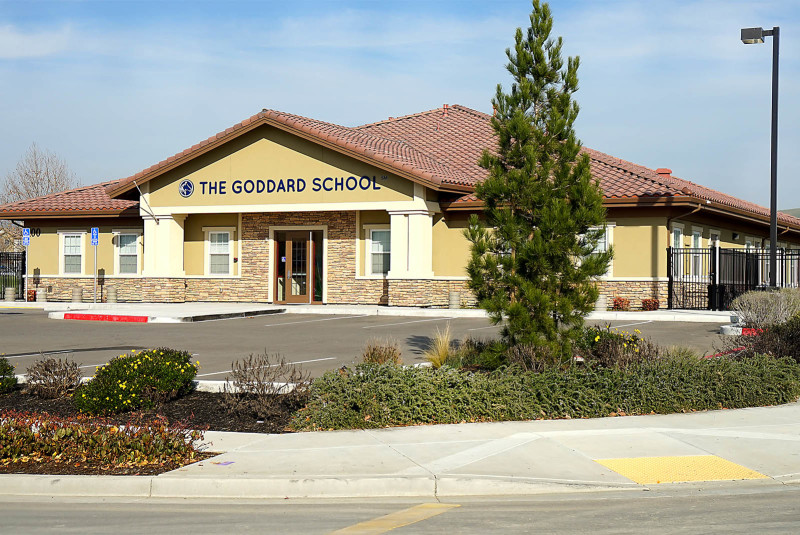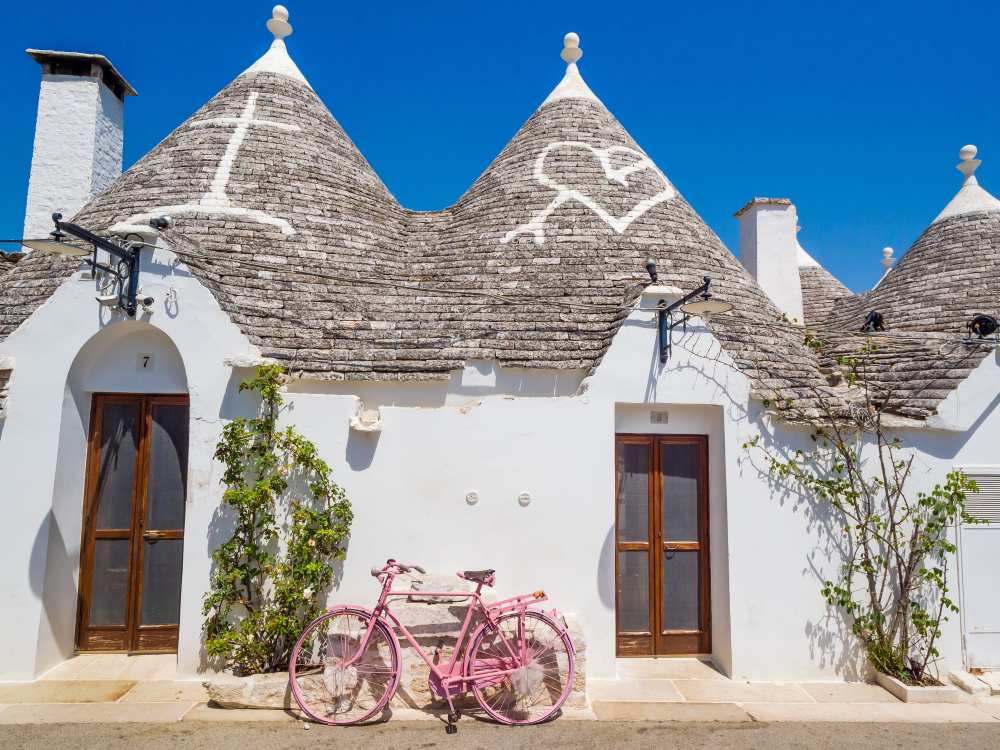With growing awareness of environmental protection, eco-friendly drywall materials have become an essential part of new construction. While this gradual shift helps construction companies satisfy environmentalists, it also means investing in new equipment and team training.
Here is what eco-friendly drywalls are all about and why you should consider investing in them.
Joining the Green Revolution
Every business needs to evolve with the times, and currently, eco-friendly solutions are becoming increasingly popular with business owners. Many investors are directly influenced by corporate social responsibility (CSR) reports because a significant component of this emerging paradigm is economic efficiency. Going green means cutting energy costs and reducing waste.
Even though eco-friendly drywall may not be a big trend yet, market indicators keep pointing toward green solutions as rising in demand. By the time these solutions become widely popular, buyers of construction services will want to favor firms with the most experience in green building. So it’s wise to prepare for the future as the existing trends seem to favor eco-friendly material in general.
Signs that green construction is getting competitive are already evident. Not only are business owners concerned about what their investors think, but they also have an opportunity to improve their public image with customers by going green. Showing social concerns has been an essential component of business success this century, as it combines branding, values, and culture. It lets local community leaders know the company cares about the overall eco-system more than just raking in profits.
Why Drywall Must Go Green
Ultimately, chemicals and materials that damage the environment will be discarded either due to stricter regulations or growing unpopularity. Drywall materials generate enormous greenhouse gases as compared to other modern construction materials. A tremendous amount of carbon dioxide is generated when the raw materials are extracted from gypsum mines and while the drywall material is produced in the kilns.
One of the biggest problems with drywall is that it is usually disposed of in landfills. Not only does the material end up being wasted, but it’s also composed of toxic chemicals that are unleashed into the environment. Luckily there are ways to recycle drywall, along with more modern replacement materials that can be considered.
Green Alternatives to Drywall
Eco-friendly options for drywall require about half as much energy to process, which helps cut manufacturing costs. One of the key solutions is MgO Board, in which the material is resistant to fire, scratching, and dents while meeting current local building codes. Another positive selling point is that this board consists of a compressed fiber wall with a longer lifespan than regular gypsum drywall.
Another alternative to traditional drywall is using a closed-loop manufacturing process that utilizes waste byproducts like water, scrap, and dust for recycling. Companies using traditional drywall should consider recycling gypsum.
Wood recycling is another option, in which wood from old buildings is used as a drywall substitute. Reclaimed wood is easy to work with, as color can be altered for aesthetic reasons. However, this option usually is most economical for entities that already have access to the materials. It’s important to weigh costs with ideals and track them throughout construction. Project management software such as eSUB helps builders track the number and cost of drywall materials needed for a job.
Are you searching for an experienced construction company in the San Francisco Bay Area that offers eco-friendly building solutions? Contact the experts at Proforma Construction to learn more about how we can resolve all your construction needs, even for projects that require going green.




